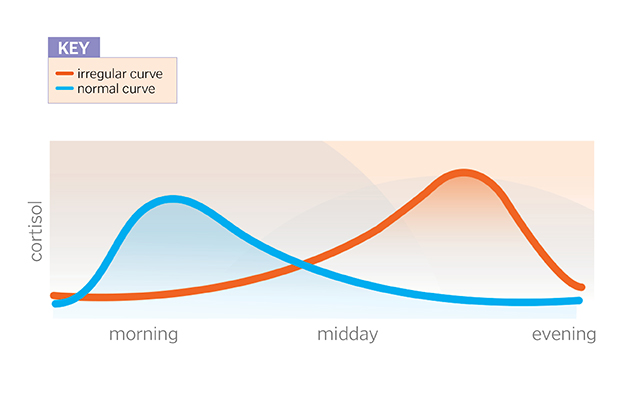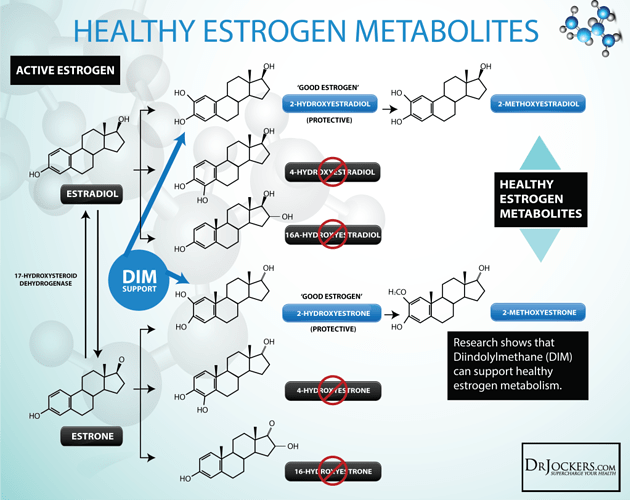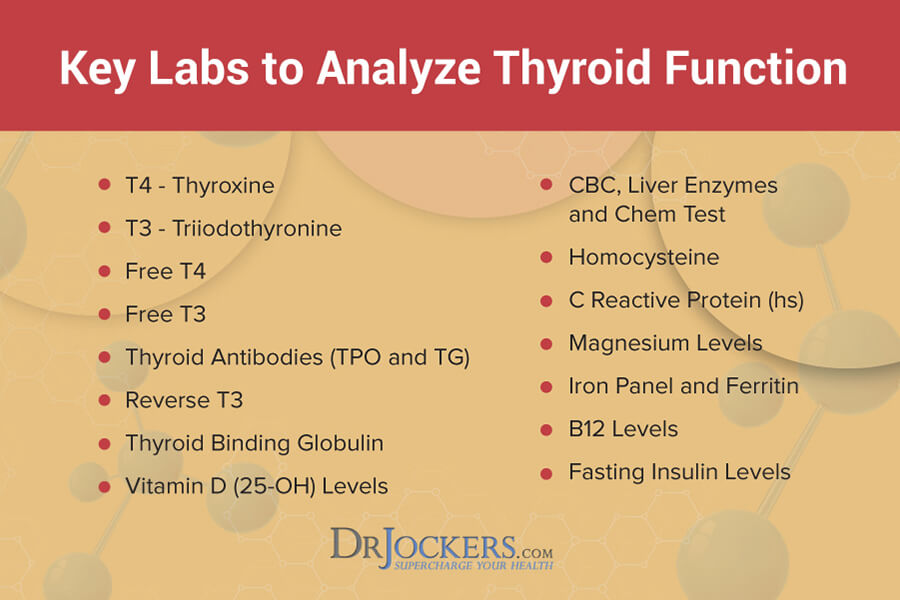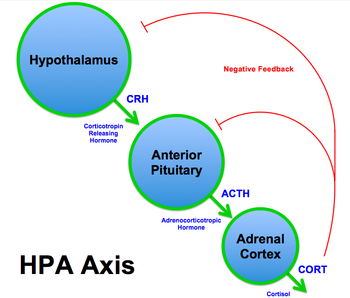Not saying this is what the problem really is (could be part of it; one of many factors as pointed out in the previous post) but there is a test below using a flashlight that might give you an indication if adrenal function (failure) is blocking weight loss or preventing you from burning body fat?
Usually takes 27 weeks or 6 months to become fully fat adapted (that is why people usually quit doing keto because they don’t allow for the adaption process to take place and that’s really when everything returns to “normal” metabolically?).
This is what a “normal” to “high” and “low” cortisol circadian rhythm supposedly looks like (I also believe type 2 resistant starch combats that chronically elevated long duration in a high cortisol spike):
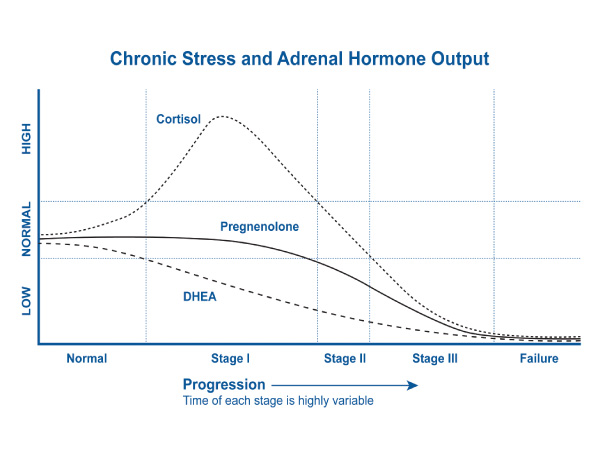
High Cortisol
Most people who are under chronic stress will have elevated cortisol levels. This is because the body is trying to ramp up its ability to deal with an excess demand. While high cortisol levels are not a problem in of themselves, chronically elevated cortisol can be.
One of the big problems with chronic cortisol elevation is that we often see blood sugar imbalances. These are one of the most insidious robbers of our health. Blood sugar imbalance increases inflammation which puts more stress on the adrenals and begins a vicious cycle as they continue to make each other worse.
If continued long enough, this chronic elevation of cortisol can also throw off sex hormone balance and contribute to weight gain, brain fog, low energy, and an overall lowered vitality.
Chronically elevated cortisol (sometimes diagnosed as Cushing’s Disease/Syndrome) is often the beginning of adrenal dysfunction if nothing is done to restore balance (1). .…More
Related:
[1] How To Test Adrenal Function “…3. Pupillary Constriction Test:
This test was first described in 1924 by Dr. Arroyo. It measures the contraction of the iris in response to dark light exposure. The hypothalamic-pituitary-adrenal (HPA) axis helps to control the contraction of the iris.
When someone is dealing with adrenal fatigue, they are unable to maintain the contraction for a normal length of time. Here is how you do the test.
Set up the Room: Sit in front of a mirror in a dimly lit room.
Use a Flashlight: Take a flashlight and shine it into your eye from the side of your face (45 degree angle). When this happens, your eyes will naturally constrict and the diameter will reduce in size.
Here are the possible results:
Pupillary Response: _____
Possible Finding:
- Stays constricted for 20+ seconds Healthy HPA Axis
- Fasciculates between 10-20 seconds Mild HPA Axis disruption
- Fasciculates between 5-10 seconds HPA Axis Fatigue
- Immediate pulsation and dilation HPA Axis Exhaustion/Failure (see chart above) …More
[2] “…Epinephrine, also known as adrenaline, travels through your blood to the fat tissues, signaling them to break down fats and release them into your blood. Of course, releasing fatty acids into your blood does not help you lose fat unless you are burning more calories than you consume through your diet . …More
[3] “…It’s important to understand is that your HPA axis operates on feedback loops. A feedback loop occurs when the output of a system in your body somehow loops back to that system as input, and influences its functioning. A positive feedback loop would increase that system’s output, and a negative feedback loop would decrease it. …” …More


